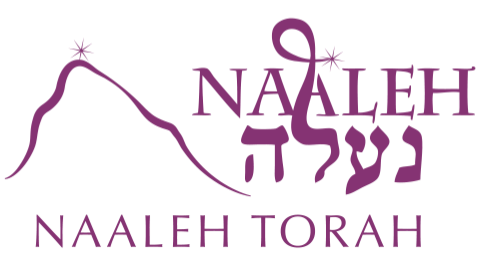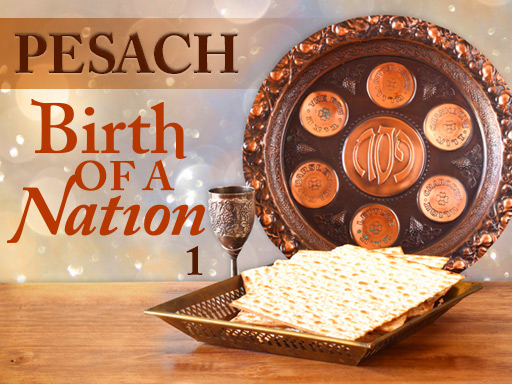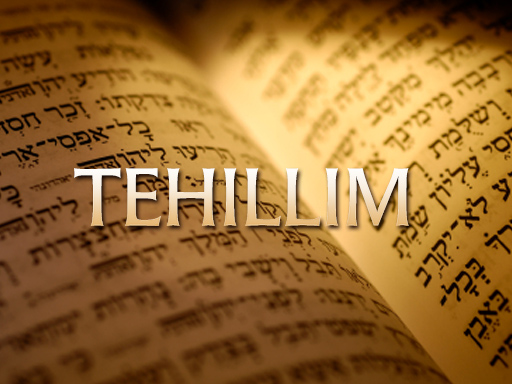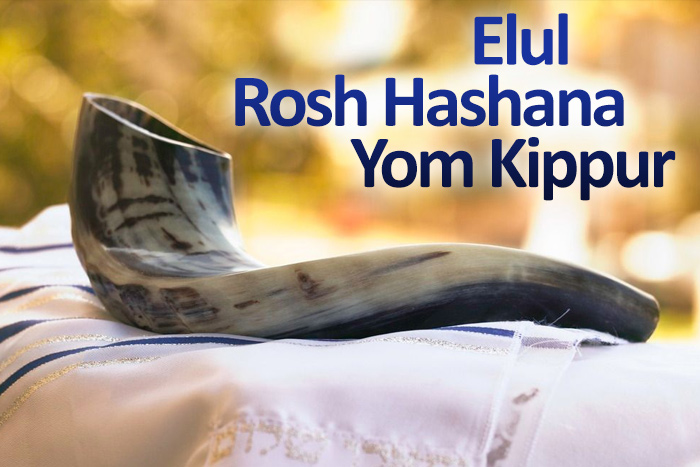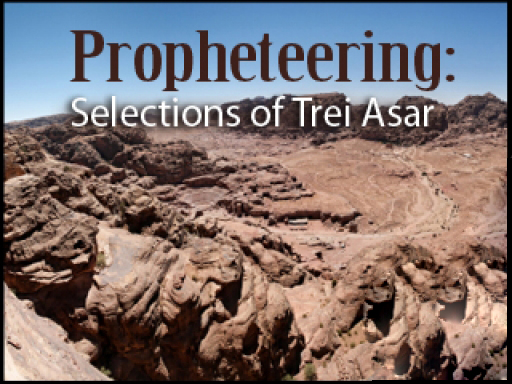Mishnayot Pesachim, Perek Two
Posted onIn this shiur (Torah class), Rabbi Hershel Reichman discusses the second chapter of Mishnayot Pesachim in memory of Gavriel Sandler, HY’D, who was killed by a terrorist on the Otzar Hatorah School in Toulouse, France and Avraham David ben Naftali Moses, who lost his life during the terror attack on Yeshivat Merkaz Harav.
